vhil.stanford.edu/publications...

vhil.stanford.edu/publications...
@davidmmarkowitz.bsky.social shows groups with extraverts excel in large spaces. Extroversion detectable by speech in platforms who can "shard" users by world size for group success.
vhil.stanford.edu/publications...
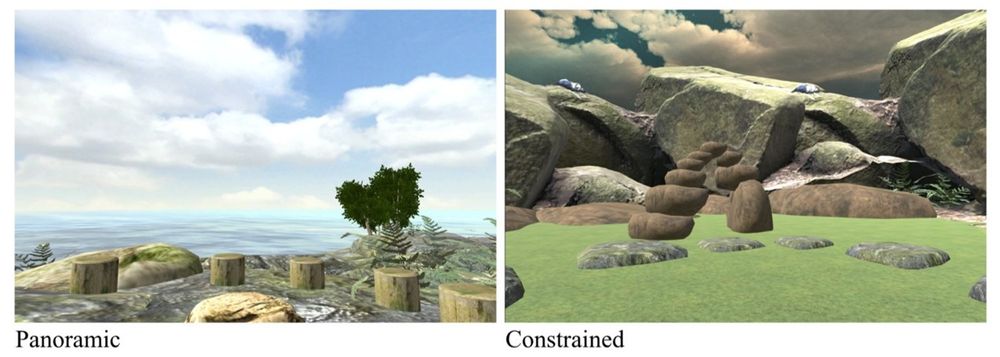
@davidmmarkowitz.bsky.social shows groups with extraverts excel in large spaces. Extroversion detectable by speech in platforms who can "shard" users by world size for group success.
vhil.stanford.edu/publications...
vhil.stanford.edu/publications...

vhil.stanford.edu/publications...
@nathumbehav.nature.com
vhil.stanford.edu/publications...
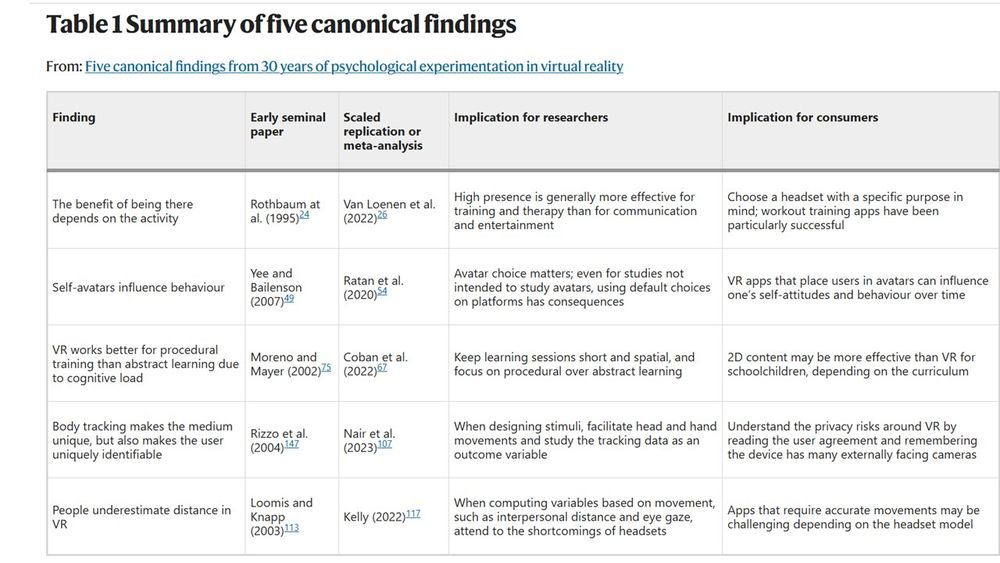
@nathumbehav.nature.com
vhil.stanford.edu/publications...
vhil.stanford.edu/publications...
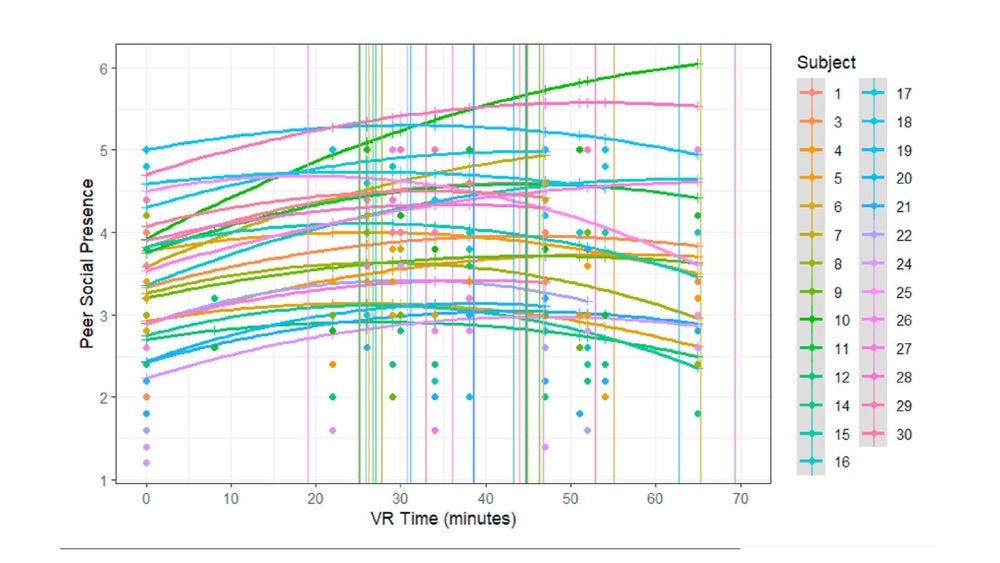
vhil.stanford.edu/publications...
Monique Santoso coded 9,000 speech acts to develop Virtual Reality Interaction Dynamics Scheme, 10 speech acts (e.g., disagreements, context-dependent commentary). Prior speech acts and current nonverbal behavior predict group action.
vhil.stanford.edu/publications...
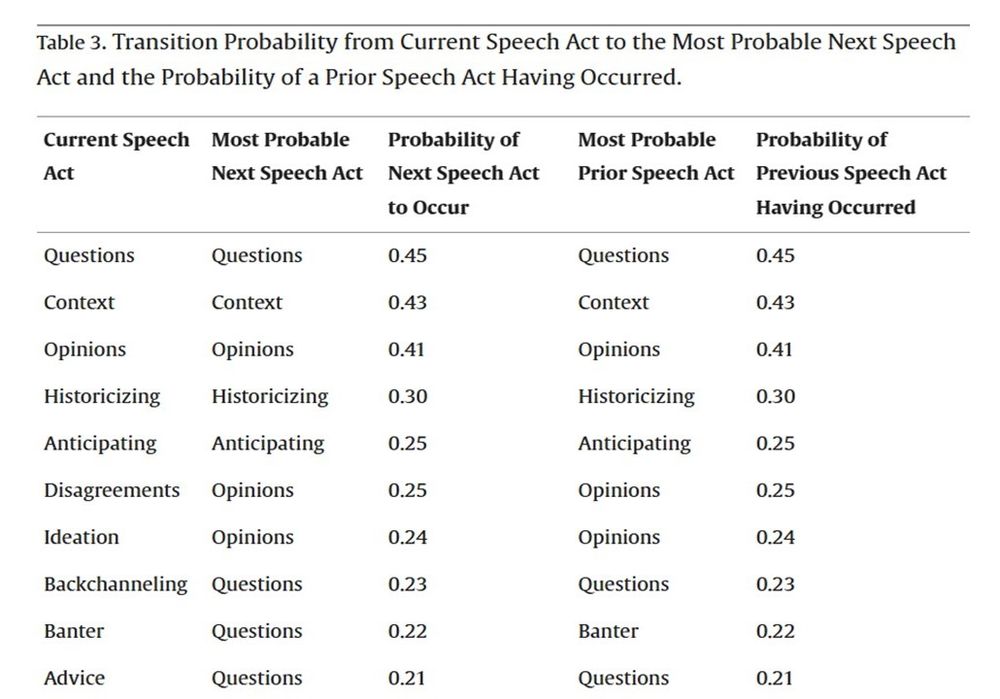
Monique Santoso coded 9,000 speech acts to develop Virtual Reality Interaction Dynamics Scheme, 10 speech acts (e.g., disagreements, context-dependent commentary). Prior speech acts and current nonverbal behavior predict group action.
vhil.stanford.edu/publications...
@PortiaWang.bsky.social analyzed a VR dataset of 77 sessions, 1660 minutes of group meetings over 4 weeks. Verbal & nonverbal history captured at millisecond level predicted turn-taking at nearly 30% over chance. To appear @acm-cscw.bsky.social.
vhil.stanford.edu/publications...
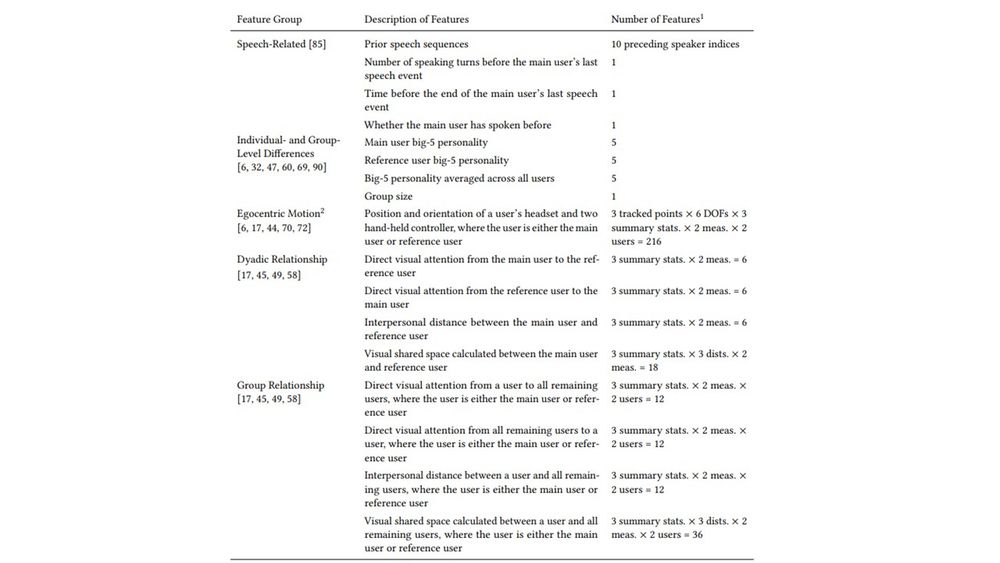
@PortiaWang.bsky.social analyzed a VR dataset of 77 sessions, 1660 minutes of group meetings over 4 weeks. Verbal & nonverbal history captured at millisecond level predicted turn-taking at nearly 30% over chance. To appear @acm-cscw.bsky.social.
vhil.stanford.edu/publications...
vhil.stanford.edu/publications...

vhil.stanford.edu/publications...
Go Gators! @ufjschool.bsky.social

Go Gators! @ufjschool.bsky.social
More than HALF of all papers published after 2019.

More than HALF of all papers published after 2019.
vhil.stanford.edu/publications...

vhil.stanford.edu/publications...
vhil.stanford.edu/publications...

vhil.stanford.edu/publications...
passthrough Video inspires awe, but can cause visual aftereffects, lapses in distance judgments, simulator sickness, and "social absence". We recommend caution and restraint for companies lobbying for prolonged daily use.
vhil.stanford.edu/publications...

passthrough Video inspires awe, but can cause visual aftereffects, lapses in distance judgments, simulator sickness, and "social absence". We recommend caution and restraint for companies lobbying for prolonged daily use.
vhil.stanford.edu/publications...

"This photo shows a female middle school student from an indigenous village in Brazil. The project aims to reduce the gap between private and public schools"
Her study examines 12,000 Brazilian students in VR. Results soon to follow

"This photo shows a female middle school student from an indigenous village in Brazil. The project aims to reduce the gap between private and public schools"
Her study examines 12,000 Brazilian students in VR. Results soon to follow
t.co/b9Oz1n4hlN

t.co/b9Oz1n4hlN
vhil.stanford.edu/publications...

vhil.stanford.edu/publications...
vhil.stanford.edu/publications...
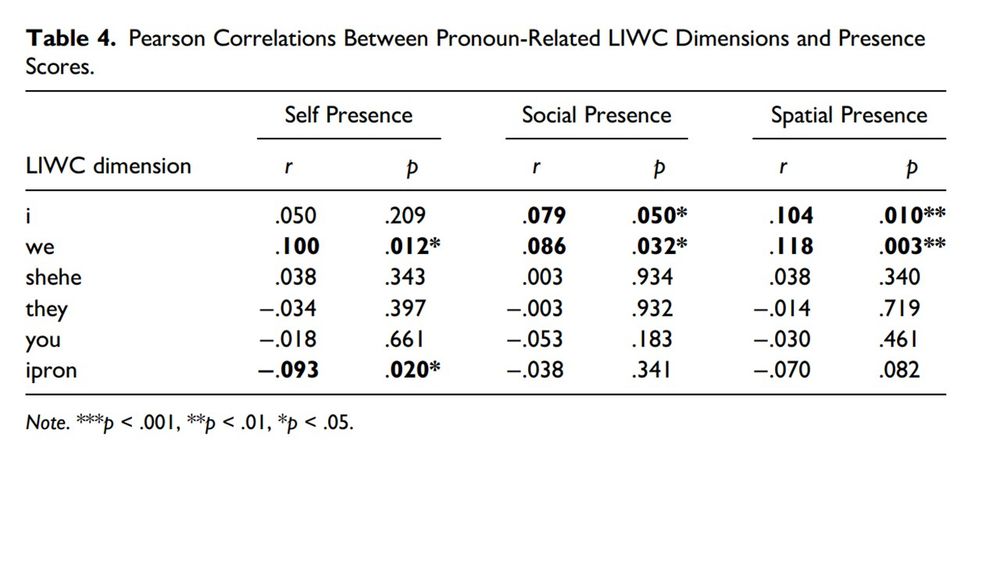
vhil.stanford.edu/publications...
t.co/iVpxg4qYyq

t.co/iVpxg4qYyq
www.sciencedirect.com/science/arti...

www.sciencedirect.com/science/arti...
vhil.stanford.edu/publications...

vhil.stanford.edu/publications...
1) choosing one's own avatar skin color increases learning transfer
2) How one moves in the scene matters-just being in VR is not enough
vhil.stanford.edu/publications...

1) choosing one's own avatar skin color increases learning transfer
2) How one moves in the scene matters-just being in VR is not enough
vhil.stanford.edu/publications...
vhil.stanford.edu/publications...

vhil.stanford.edu/publications...
t.co/TbkxP34axn

t.co/TbkxP34axn
VR becomes more "real" as people adjust and learn. VHIL longitudinal study examines hundreds of VR scenes over months.
t.co/CDTGzftHQV

VR becomes more "real" as people adjust and learn. VHIL longitudinal study examines hundreds of VR scenes over months.
t.co/CDTGzftHQV

